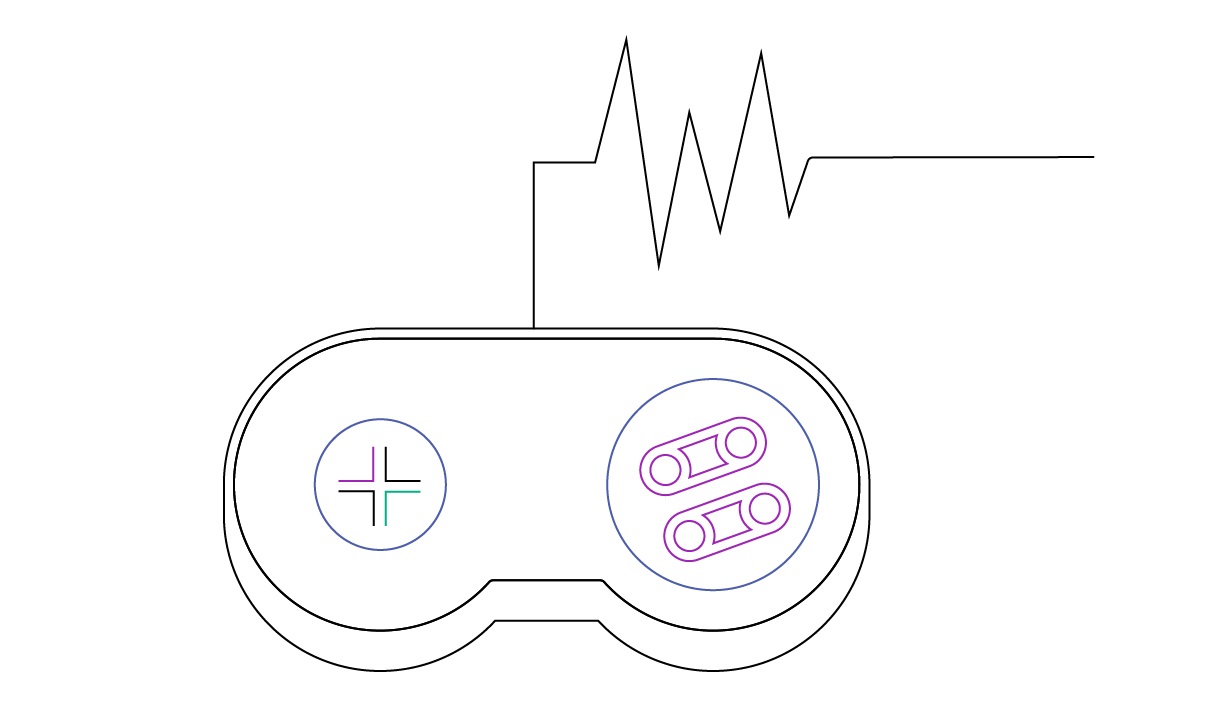Gamification benefits both patients and healthcare companies by improving patient outcomes (that is, improving a patient’s overall health) thereby lowering costs for all involved. But adoption is key—patients won’t respond to games that are poorly deployed, that don’t provide effective motivation, or that rely on legacy technology.

For effective gamification in healthcare, consider the following:
What problem will this solve?
Gamification can be structured in a variety of ways for the best outcome, but the first step is to identify which problem a game is attempting to solve. For health and fitness, it could be allowing patients to set different exercise and diet goals. For those in recovery or rehabilitation, or those managing chronic illness, perhaps it’s maintaining wellness, meeting rehabilitation goals, attending appointments, filling prescriptions, or conforming to a specific regimen.
Who are my patients?
Depending on the healthcare segment, this is an important question. Different motivation can be used more effectively between those who are in recovery versus those who are trying to improve general wellness. Does your game consider what patients are looking for, and how will you deliver?
What behavior is being driven?
What is the ultimate behavior that is being driven by the game? The ultimate goal is always to improve wellness but how? Analyze whether the game is driving behavior through exercise, activity, diet, monitoring body data, logging information, marking attendance, and more.
What is the motivation?
The whole point of gamification is to improve patient outcomes through motivation. What is the motivation behind your game? In other words, how are you rewarding your patient to adhere to his treatment plan? Motivation can be as simple as meeting and surpassing goals, whether they’re set by peers or by the patient himself. It can also be a monetary advantage, lowering costs from the healthcare business’s side for meeting objectives, or discounts to partner groups’ products and services that encourage healthy behaviors.
Learn more about the value and implementation of gamification in healthcare. Read our white paper, “Get in the Game: Gamification in Healthcare.”

